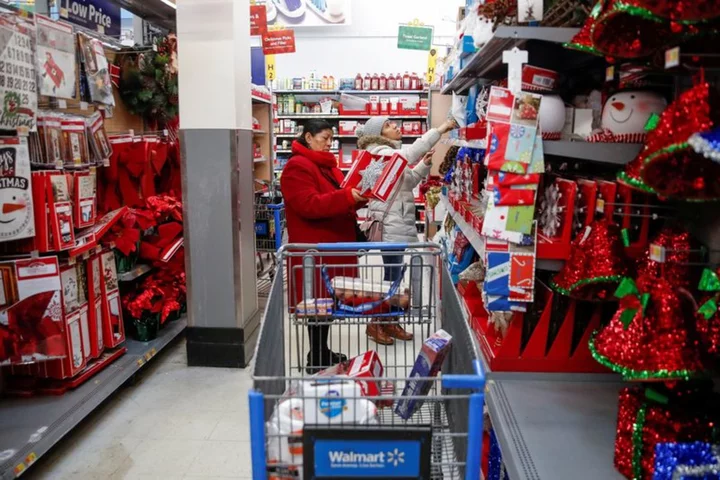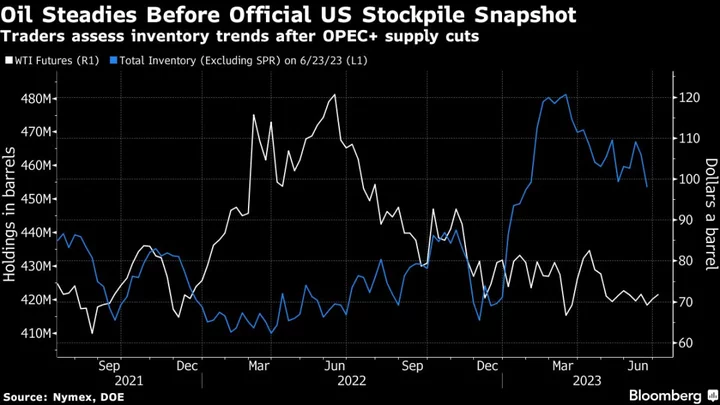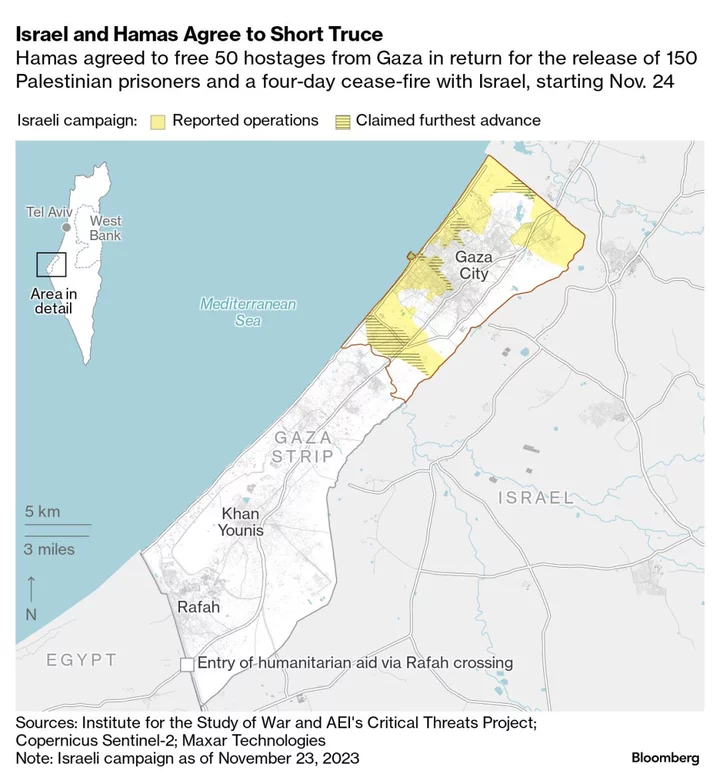Australia’s recent upside surprises in inflation are testing the Reserve Bank’s patience, Governor Philip Lowe said, highlighting a rebounding housing market, strong wage gains and persistent service price pressures.
“We want to get inflation back to target within a couple of years and that hasn’t changed. What has changed over the past couple of months is our assessment of the risks,” Lowe said in response to a question in Sydney Wednesday. “We have been prepared to be patient in getting inflation back to target but our patience has a limit and the risks are testing that limit.”
The remarks come a day after the Reserve Bank surprised investors for a second straight month with an interest-rate increase to take the cash rate to 4.1% — the highest level since April 2012 — and signaled further hikes “may be required.” The tightening was driven by diminishing confidence that inflation will return to the bank’s 2-3% target in a “reasonable timeframe,” Lowe said earlier in a speech titled “A Narrow Path.”
“The RBA board is moving its sacrifice ratio on the balance of activity versus inflation more toward inflation, ie the need for further rate increases,” said Josh Williamson, economist at Citigroup Inc., who sees two more hikes. “The risk is that the RBA finds the narrow path harder to walk.”
In his address, the governor said policy makers are “particularly attentive” to the risk that inflation stays too high for too long, insisting a desire to preserve job gains doesn’t mean the rate-setting board will tolerate prolonged price pressures.
The RBA is concerned that stronger services inflation, expectations that electricity costs will rise further this year and soaring rents will see more persistent inflation, Lowe said. Unit labor costs — the difference between nominal wage growth and productivity — are also “increasing briskly.”
“These developments mean that it is too early to declare victory in the battle against inflation,” Lowe said, reiterating his desire to keep unemployment low.
“The desire to preserve the gains in the labor market does not mean that the board will tolerate higher inflation persisting,” he added.
Australia’s Hawkish Interest-Rate Hike Explained in Four Charts
Lowe said a recent decision by Australia’s industrial relations umpire to boost the minimum wage by 5.75% was also a factor in Tuesday’s rate hike, adding that it was higher than the bank expected.
The RBA chief highlighted four factors the board will be paying close attention to in its fight against inflation:
- The global economy, including the strength of China’s recovery
- Domestic household spending amid rising rents and power prices and as many mortgage-holders transition from low-rate fixed loans to variable rates
- Growth in unit labor costs, which he said increased by about 7.5% over 2022, the highest reading over the inflation-targeting period
- Inflation expectations that the central bank doesn’t have many ways to accurately gauge
“We are particularly attentive to the risk that inflation stays too high for too long,” Lowe said. “If that happens, expectations will adjust, high inflation will persist, interest rates and unemployment will be higher and the cost-of-living pressures on Australian families will continue.”
The governor reiterated that the central bank is prepared to tighten further if required. Money markets and a number of economists are pricing in one more hike this year to take the cash rate to 4.35%.
(Adds comment from Q&A in second paragraph, economist’s comment in fourth.)









